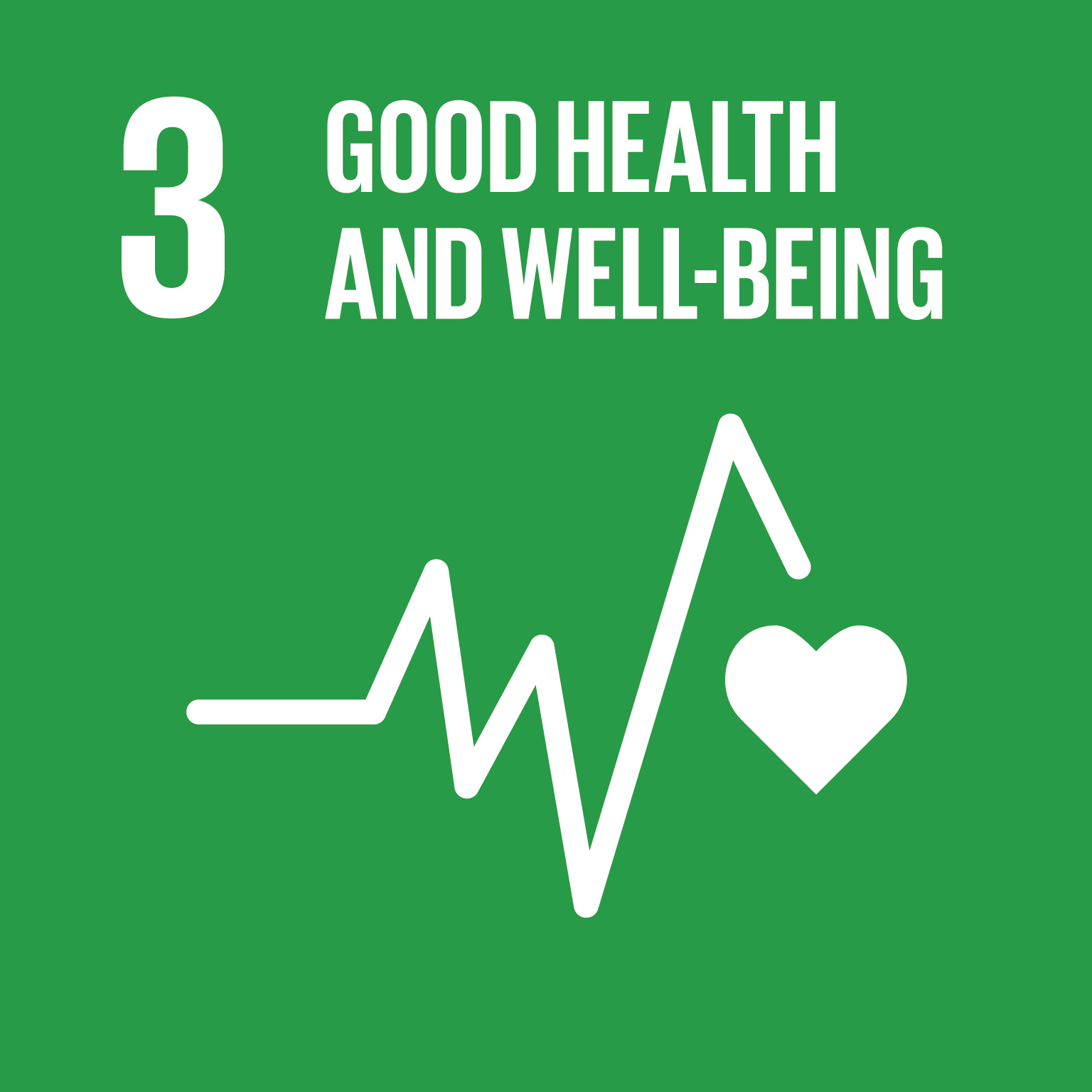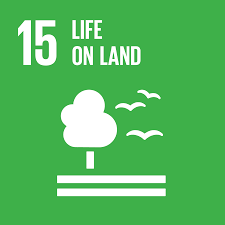Introduction
Marginalized individuals in the United States (Black, American Indian/Alaska Native, Latino, Asian, and other people of color) face problematic, historically deep-rooted institutional barriers that impact their quality of life (BBC News, 2020; Beard et al., 2022; Waldrop, 2022). These challenges are reflected in all facets of life, down to the language used to discuss race and ethnicity, which mirror cultural discriminators and power dynamics that can impact people’s perception of self and their social standing.
An essential aspect of social justice is the field of environmental justice (EJ). Although the field of EJ has been in existence for almost 50 years, it is still rapidly evolving; this evolution includes the very definition of EJ. The US Environmental Protection Agency (USEPA) defines EJ as “the fair treatment and meaningful involvement of all people regardless of race, color, national origin, or income with respect to the development, implementation, and enforcement of environmental laws, regulations, and policies” (Pellow, 2017). Others have defined EJ more specifically as equitable exposure to environmental good and harm, with this definition focusing primarily on the environmental exposures and their effects rather than on policy, enforcement, and remediation of the issue (Wolch et al., 2014). Under the latter definition, EJ involves addressing the disproportionate impact of harmful environmental exposures on marginalized and minoritized individuals and communities and on inequitable policies and practices that resulted in these exposures (either intentionally or unintentionally). In the context of the following discussion, we will focus on the latter definition.
The earliest roots of the EJ movement may be traced back to efforts led by Cesar Chavez and the United Farm Workers to improve working conditions for Latino migrant workers, including concerns around exposure to pesticides (Shaw, 2010). The disparate impact of environmental exposures on low-income populations and communities of color became increasingly evident in the 1980s, gaining widespread attention with protests in Warren County, North Carolina, against the construction of a polychlorinated biphenyls (PCBs) landfill in a predominately Black community (McGurty, 2000). However, despite the high visibility of the Warren County protests and the subsequent movement for EJ, greater exposures of marginalized and minoritized communities to environmental toxins are still observed. In fact, research has suggested that the available data demonstrating these disproportionate environmental burdens likely vastly underestimate the problem (Maantay, 2002). In addition, exposure to environmental conditions including extreme heat and cold is increasingly being recognized as having an impact on health, indicating that climate change plays a role in exacerbating health inequities (Rudolph & Gould, 2015). Identifying and assessing environmental exposure components is critical to mitigating hazards and promoting EJ.
Although researchers from various disciplines across the social and natural sciences have devoted significant attention and effort to addressing health outcomes of underserved populations over the past two decades, marginalized communities continue to experience a disproportionate burden of disease, disability, and even death (F. J. Zimmerman & Anderson, 2019). The National Center for Health Statistics at the US Center for Disease Control and Prevention (CDC) has calculated provisional 2020 life expectancies for most Black Americans as approximately 5–6 years shorter than those of most White Americans. The mortality rates due to noncommunicable diseases that have been linked to environmental exposures (e.g., cardiovascular disease, cancer, asthma) are consistently higher for Black Americans (Arias et al., 2021). The Center on Society and Health at Virginia Commonwealth University and the Robert Wood Johnson Foundation used targeted census and other health data from the CDC to explore life expectancy rates across the United States as part of their efforts to promote a Culture of Health. RTI International has developed Project RARITY, which uses machine learning and publicly available data on social determinants of health to predict health outcomes, including life expectancy (Lines & Clayton, 2021). These studies have found significant differences, sometimes as much as 25 years, in life expectancy between neighborhoods and census tracts in some cities (Chapman et al., 2015; Virginia Commonwealth University, 2016; E. B. Zimmerman et al., 2015). These disparities increased significantly between 2019 and 2020, partly due to the COVID-19 pandemic, which placed additional burdens on low-income and minoritized individuals (Njoku, 2021). These marginalized communities of people have been underrepresented or intentionally excluded from efforts to address environmental health, sometimes resulting in stark differences in outcomes with populations in close proximity (Gochfeld & Burger, 2011).
Increasingly, the scientific community is acknowledging the powerful relationship between structural racism and health that contributes to disparate health outcomes in a community (Gee & Payne-Sturges, 2004). These disparities result from numerous environmental and/or social factors including the built environment and point sources of contaminants. Although much research has been done to characterize specific environmental contaminants, exposure routes, sources, etc., that produce disparate health outcomes, the scientific research needed to detect and address these disparities is itself hampered by systemic racism. Notably, a significant proportion of EJ research has been explored through the lens of Black vs White demographics due to the historic prevalence of discriminatory practices directed at Black individuals and communities. So while many of the studies cited here and throughout the literature focus on this dynamic, addressing these concerns can have broader implications for quality of life of other groups by addressing the systemic racism that produced the problem.
Policy development is a critical aspect of EJ that can address exposure disparities, but the data underlying any policy decisions are based on robust scientific information that must be generated by a skilled professional workforce. In addition to critical social science disciplines, the field of EJ involves researchers from several science, technology, engineering, and mathematics (STEM) disciplines including toxicology, environmental analysis, exposure science, sociology, psychology, and civil and environmental engineering, working with a common goal of detecting and addressing environmental issues that differentially impact underresourced and marginalized communities. However, there is a growing awareness that the STEM disciplines that make up the environmental health sciences and related fields do not reflect the diversity of the general population, resulting in a disproportionately White workforce whose life experiences differ significantly from the impacted communities, often contributing to a lack of understanding of the problems or how to credibly address them (Hamrick, 2021; Medin & Lee, 2012). According to the 2020 US Census, approximately 42 percent of the population of the United States identifies as a racial/ethnic minority group, with approximately 12 percent of the population identifying as Black and 18 percent identifying as Latino. However, the Pew Research Center found that the percentage of minority individuals in the STEM workforce was much lower, with only 9 percent identifying as Black and 7 percent identifying as Latino, highlighting the disparities in representation of these minorities (Funk & Parker, 2018). This lack of work force diversity makes invisible the issues impacted communities are most interested in addressing and also produces a wariness within the communities that results in lower participation and insufficiently diverse study populations that do not account for all peoples’ life experiences and environments (VanNoy, 2020).
After risks have been assessed, communicating those risks and proposing solutions to residents in the community is essential. The most effective risk-communication strategies involve coordinated outreach to and engagement with residents, local officials, and policymakers. Depending on the nature of the environmental hazards, effective educational outreach efforts may include exposure mitigation approaches including observable indicators of environmental exposure (e.g., water discoloration, household structural indicators), household practices to decrease the risk of exposure, local resources to report exposure concerns, and individual activities that can improve resilience against environmental exposures.
Researchers should include a diverse group of individuals in the study design, conduct, and risk communication process, particularly those with ties to the participant communities. This last aspect is important because the impacted communities need to be included as partners in the research process rather than as research “subjects.” This practice can support transparency and develop trust within the community. Shared histories and experiences are more likely to allow for appropriate social framing of the environmental risks, promote the adoption of recommendations within the community, and empower the participant communities to impact policy changes that would support equity (Vaughan, 1995). This observation underlines the importance of promoting diversity within the environmental science and health fields. Although the scientific community has recognized a need to update its approach to communicating research and findings with marginalized communities, developing effective strategies that are culturally appropriate and responsive to community needs and training researchers in these techniques rely on progress in all areas discussed here.
There has long been discussion about the basis for the disparities in representation in the sciences, and research has shown that it is not due to a lack of interest in the topic of environmental health. A 2018 study in the Proceedings of the National Academies of Science showed that reported concern about environmental issues was highest among Latino, Asian, and Black populations (Pearson et al., 2018). However, when the survey asked participants what ethnicity they associated with the term “environmentalist,” participants across all ethnic groups consistently associated “White” with the term more strongly than any other ethnic group, suggesting that issues surrounding identification and treatment of Black students and other students of color may be reflected in the lack of diverse representation.
Higher education serves as the entry point for almost all environmental health scientists, making it critical to provide a supportive environment at degree-granting institutions that encourages students from diverse groups and backgrounds to pursue environmental health careers. However, students from underrepresented groups are often reluctant to pursue advanced degrees in the environmental sciences due to a lack of representation in faculty and administration in the associated fields at primarily White institutions (PWIs). In these cases, marginalized students may be unable to envision themselves in faculty and research positions as they do not see themselves reflected in current faculty as role models or mentors (Scott & Martin, 2014). Further, Black and other minoritized students can experience stigma and marginalization on campus at PWIs that produces significant stress potentially resulting in impaired academic performance or withdrawal from the college environment (Scott & Martin, 2014). Black and other students of color at PWIs may also lack other opportunities while at school due to systemic barriers. For instance, students in underrepresented racial/ethnic groups struggle to continue to pursue their interests and further education when faced with a lack of institutional resources to support their professional development.
Historically Black Colleges and Universities (HBCUs) and other minority serving institutions (MSIs) have a proud history of supporting Black students and other students of color at all degree levels, and most, if not all, have educational programs with ties to some area of environmental health. The availability of these programs at MSIs may stem in part from the 1890 inclusion of HBCUs and the 1994 inclusion of tribal colleges and universities as part of the expanding Land Grant University system (Croft, 2019). Although these programs provide an excellent opportunity for diversifying the STEM workforce, systemic barriers can dampen their effectiveness in producing large-scale change in workforce demographics. Research has shown that organizations offering fewer institutional resources to support research grant development, which has been linked to the success of funding proposals, are disproportionately where Black researchers work (e.g., HBCUs) (National Academies of Science, Engineering, and Medicine, 2019).
Black researchers and other researchers of color may also have less funding than White researchers in the same field due to bias in the funding process. Organizations like the National Institutes of Health (NIH) award funding for research through a peer review process designed to ensure rigor and validity in the conduct of research while excluding conflicts of interest as much as possible. However, systematic reviews of the grant proposal evaluation process at NIH from 2011 to 2015 and a follow-up study in 2019 showed significant racial disparities in funded proposals, particularly around the choice of topic to be researched (Hoppe et al., 2019; Taffe & Gilpin, 2021). Black applicants proposed community-level research projects more frequently, while researchers from other ethnicities proposed basic mechanistic research projects more frequently. Research proposals by Black researchers were almost half as likely to be funded as their White counterparts, demonstrating potential systemic biases (which are defined both in terms of overt and unintentional disparities as those seen here). This gap in research funding results in a lack of support for environmental research in underserved communities, although these communities are more likely to be impacted by environmental problems. This funding gap can also result in less high-end instrumentation and related infrastructure at HBCUs and other MSIs that would provide students with practical laboratory skills and experience in the environmental sciences and toxicology and give them a competitive advantage in the job market.
Recommendations to Increase Workforce Diversity
The challenge facing researchers devoting efforts to promoting health equity and addressing disparities is the pervasive confluence of factors that contribute to the disparities in the first place. Socioeconomic status, location, environmental exposures, and systemic racism significantly correlate to quality of health—or lack thereof. The necessary strategies to address the underlying causes of health disparities are often multidisciplinary, requiring significant buy-in from a broad coalition of stakeholders. To mitigate exposure to contaminants, reduce chronic disease, and improve the built environment in underserved communities, scholarly research must identify the causes of the observed health disparities and the link to environmental injustices. These efforts should result in concrete community-level solutions that improve the quality of life of the individuals in these communities despite underlying socioeconomic factors that exacerbate their situation (Knobel et al., 2021; Yankey et al., 2021).
Community-specific risk communication and intervention design are critical aspects of addressing these disparities, requiring significant community input and feedback. Credibly pursuing these efforts in a sustainable, inclusive manner will require a concerted shift in workforce demography. We offer several recommendations to address this critical need and help drive the EJ field forward.
Concerted Professional Development Programs to Expand Diversity in the Environmental Sciences and Environmental Health
Historical efforts to address racial and ethnic disparities in the environmental health workforce have been incremental and unsystematic, hindering efforts to provide the diverse workforce necessary to achieve environmental equity. The U.S. Department of Education’s Office of Planning, Evaluation and Policy Development reports that gaps in degree attainment are more pronounced at the postsecondary level (US Department of Education, 2016). Bachelor’s degree attainment for Hispanic, Black, and White adults has risen over time—yet the attainment gap has more than doubled between White and Black students and has increased significantly between those identifying as White and Hispanics over the period 1964–2014. In 2014, significant disparities were also observed in students completing advanced degrees (master’s and doctor’s degrees).
A concerted, intentional, multidisciplinary approach that supports the professional development of environmental health scientists from underserved communities is needed to effectively identify and address the issues of EJ and related disparities in health outcomes (Knobel et al., 2021). Partnering research institutions and industry organizations that have demonstrated a long-term commitment to improving conditions in marginalized communities with universities and academic leaders will be critical in establishing and sustaining initiatives that advance higher education and professional development in environmental sciences for marginalized student populations. Creating strong university-industry partnerships can help to create focused strategies to promote equity and diversity, which in turn can start to address racial disparities within our education system.
Beyond the critical steps of addressing potential biases in academia and industry, a recent editorial suggested several programmatic proposals to support and expand diversity in the sciences. Some proposed aspects of university-industry partnerships that can produce greater diversity include industry-funded science programs aimed at students from underrepresented groups; formal mentorship programs; formalized industry training in diversity, equity, and inclusion; and the elimination of unpaid or underpaid internships and entry-level positions (Fadeyi et al., 2020).
Conclusions
EJ ensures that all are protected equally from harm due to factors beyond their control. Furthermore, it seeks equitable distribution of resources that contribute to healthier lifestyles. The success of EJ programs can only be achieved through the active engagement of those who are most impacted by these harms and inequalities. Beyond the basic science of identifying chemicals, measuring concentrations, and assessing risks, however, it is incumbent upon scientific professionals to develop a diverse workforce that reflects the experiences of the affected communities. Doing so will improve rapport between research teams and communities and give intervention efforts the optimal chance of success. Effective scientist-community partnerships in the research process will produce more tangible economic, educational, and community health benefits and will produce policy changes that can improve peoples’ lives. A recent analysis of career motivations of high-achieving Black and Hispanic STEM undergraduate students concluded that minority students are motivated by what the authors refer to as the “equity ethic,” rather than a big paycheck (McGee & Bentley, 2017). These students are seeking STEM careers that let them integrate their STEM expertise with “social justice, empathy, and equity matters.” It is possible that the most promising vehicle to improve the diversity of the scientific workforce to address EJ concerns is engaging diverse students in purposeful research and academic/industrial partnerships that include both basic research training and an educational focus on community engagement and applied research.








